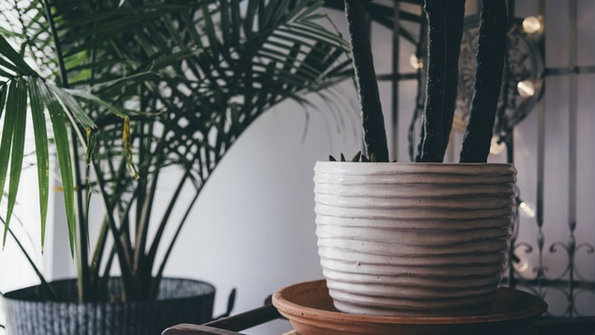
The winter months are upon us, and it’s time to focus on how to stay healthy as we spend most of our time indoors. Ever since it released its Clean Air study in 1989, NASA has touted the air-filtering benefits of plants, which help cleanse our indoor environments of pollutants and common toxic chemicals such as benzene and ammonia.
Here are seven indoor plants to improve your indoor air quality this winter and all year round.
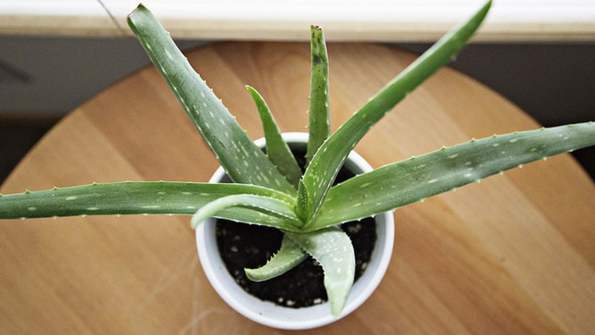
Aloe Vera
The aloe vera plant releases oxygen throughout the night, making it ideal for bedroom spaces. It also helps clear the air of benzene, a chemical found in detergents and plastics, and formaldehyde, which can be present in varnishes and floor finishes.
Toxic to pets? Yes
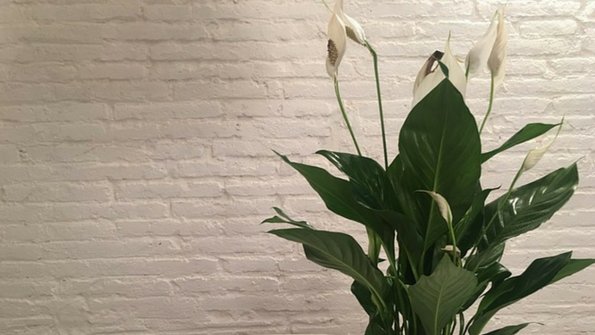
Peace Lily
The peace lily cleanses benzene, formaldehyde, ammonia and trichloroethylene, a chemical commonly found in paints, varnishes, lacquers and adhesives. This is a great plant to have in your home if you love buying flowers but don’t want to buy bouquets that will die after a few days.
Toxic to pets? Yes

Bamboo Palm
Bamboo palm is the third most powerful plant at removing formaldehyde in the air, according to NASA. It also helps filter out xylene, a chemical found in rubber and tobacco smoke. Give this plant plenty of room to grow, as mature height varies between 4 and 12 feet with a span of 3 to 5 feet.
Toxic to pets? No

Boston Fern
A common indoor plant, the Boston fern ranks ninth on NASA’s list of 50 air-purifying plants. It also is the most effective plant at removing formaldehyde. Additional research found this fern can eliminate heavy metals, such as mercury and arsenic from soil.
Toxic to pets? No

Areca Palm
The Areca Palm is considered the most efficient air-purifying plant, according to NASA. It also makes for an excellent air humidifier, transpiring 1 liter of water per 24 hours—this is the process by which moisture is carried through plants from roots to small pores on the underside of leaves, where it changes to vapor and is released into the air. This tropical plant from Madagascar eliminates benzene, carbon monoxide, formaldehyde, trichloroethylene, xylene and other toxins from the air.
Toxic to pets? No
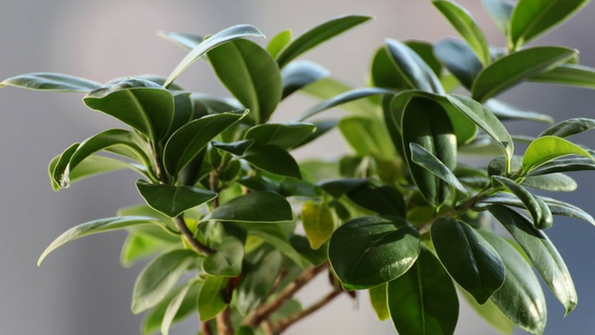
Weeping Fig
According to NASA’s Clean Air Study, Ficus benjamina was effective at cleansing airborne formaldehyde, xylene and toluene, which is the solvent in some types of paint thinner. The weeping fig grows best in bright, indirect light.
Toxic to pets? Yes
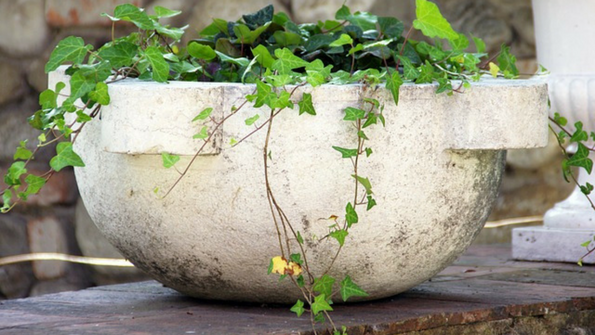
English Ivy
English ivy is helpful to treat inflammation problems in the body—issues such as arthritis, gout or rheumatism. You can either consume it in the form of tea or apply the leaves directly to the spot of inflammation, according to organicfacts.net. English ivy can also help reduce the amount of mold in the air in your home, according to the American College of Allergy, Asthma & Immunology.
Toxic to pets? Yes
